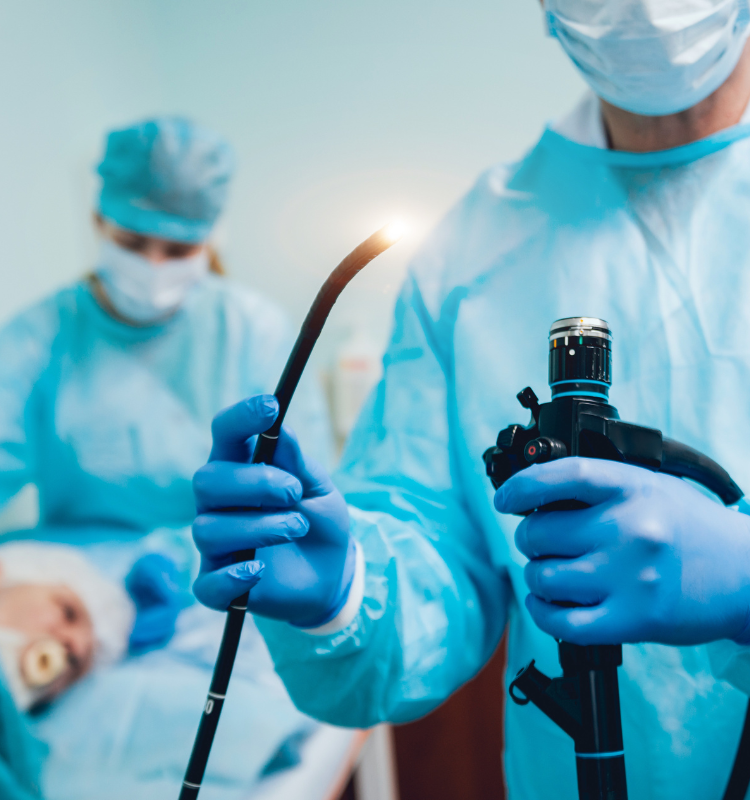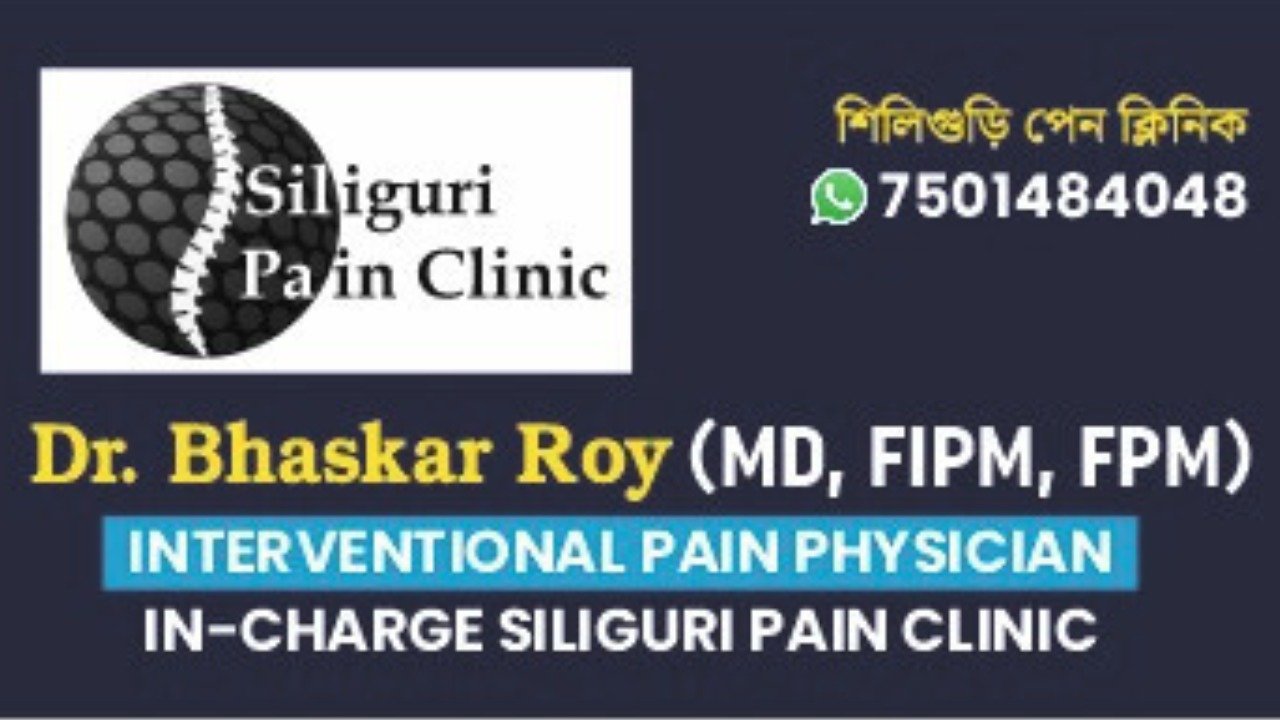
Endoscopic Discectomy
If you or someone you know is dealing with chronic pain due to a herniated disc, there is a modern solution that avoids traditional surgery. This solution is called endoscopic discectomy, a minimally invasive procedure that offers pain relief and a faster recovery. Here’s everything you need to know about it in simple terms.

what is Endoscopic Discectomy?
Endoscopic discectomy is a type of surgery that treats herniated discs. A herniated disc happens when the soft, jelly-like center of a spinal disc pushes through a crack in the tougher outer layer, causing pain by pressing on nearby nerves. This surgery uses a small camera and specialized tools to remove the damaged part of the disc through a tiny incision, which means less pain and a quicker recovery compared to traditional surgery.
Why Choose Endoscopic Discectomy?
Here are some reasons why endoscopic discectomy is a good option:
-
Less Pain and Quick Recovery: Since the surgery is less invasive, patients feel less pain and recover faster.
-
Small Incisions: The surgery involves very small cuts, which means less scarring and a lower risk of infection.
-
Outpatient Procedure: You don’t have to stay in the hospital overnight. You can go home the same day.
Who Can Benefit from Endoscopic Discectomy?
Endoscopic discectomy is ideal for people with specific spinal problems that cause pain and nerve compression. Some conditions that can be treated with this surgery include:
-
Herniated Discs: When part of a disc pushes out and presses on nerves, causing pain.
-
Disc Bulge: Similar to a herniation but without the disc material leaking out.
-
Disc Tear: When the outer layer of the disc tears, causing pain.
-
Radiculopathy: Pain that radiates along a nerve pathway due to pressure from a herniated disc.
How is the Procedure Done?
Here’s a step-by-step look at how endoscopic discectomy is performed:
-
Preparation: The patient is given local anesthesia to numb the area.
-
Insertion: The surgeon makes a small incision and inserts a tube with a tiny camera (endoscope) to see inside the spine.
-
Removal: Specialized tools are used to remove the damaged disc material.
-
Completion: The tube is removed, and the incision is closed with a small bandage.
The whole procedure usually takes about 30 minutes, and patients can go home within a few hours.
What to Expect After Surgery
Recovery from endoscopic discectomy is generally quick:
-
Activity: Patients should avoid heavy lifting and strenuous activities for a few weeks. Walking is encouraged to improve blood flow and prevent complications.
-
Pain Management: Pain is usually mild and can be managed with over-the-counter pain relievers like Tylenol or ibuprofen.
-
Follow-up: Patients often have a follow-up appointment after six weeks to check their progress.
Potential Risks and Complications
Although endoscopic discectomy is generally safe, there are some potential risks, including:
-
Infection: Like any surgery, there is a small risk of infection.
-
Nerve Damage: Rarely, the surgery might cause nerve damage.
-
Recurrence of Symptoms: In some cases, symptoms might return, but this is uncommon.
Conclusion
Endoscopic discectomy is a modern, minimally invasive procedure that can effectively treat herniated discs and other spine-related problems. With less pain, smaller incisions, and a faster recovery, it offers many advantages over traditional surgery. If you or a loved one is suffering from chronic back pain, this procedure could be a promising option to discuss with a pain management doctor.
